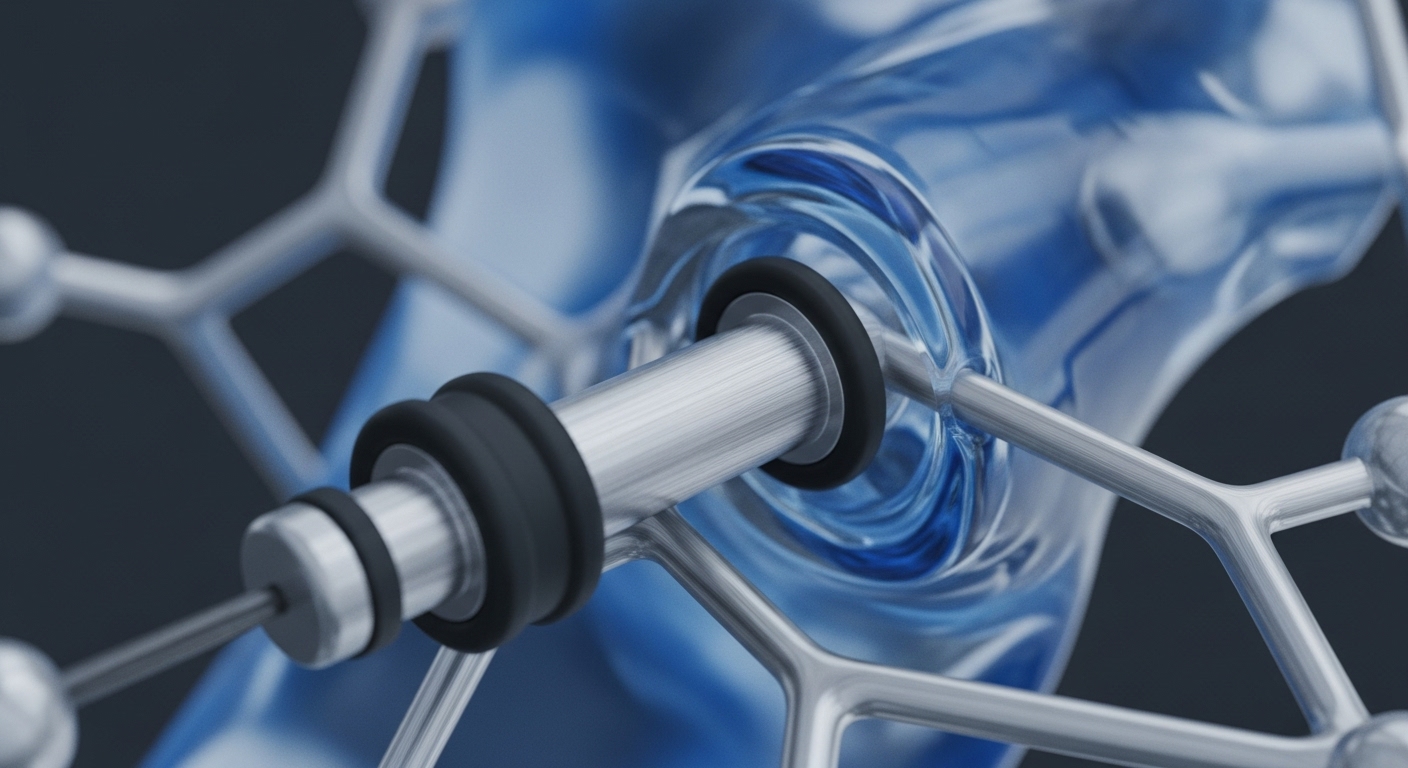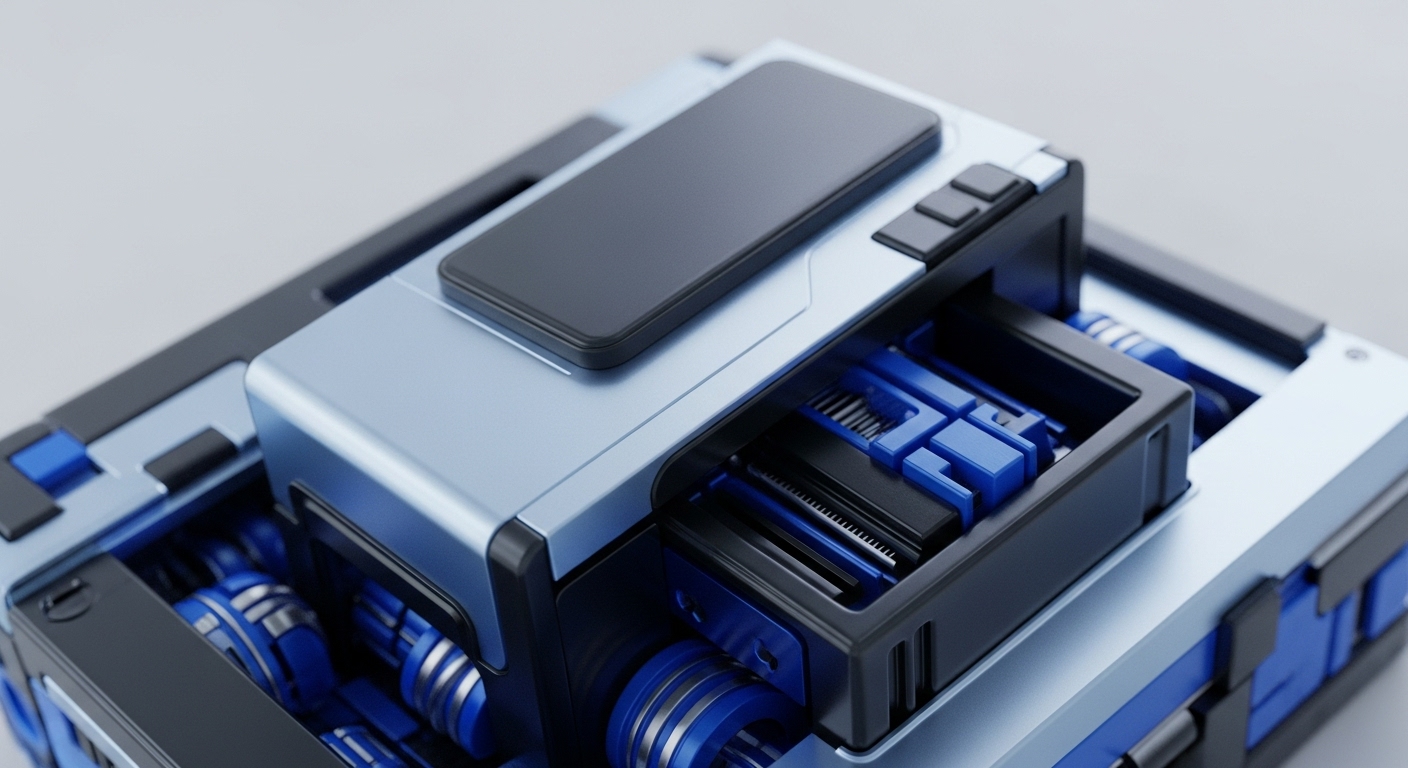
Briefing
Mitosis Protocol has launched its mainnet, introducing a novel cross-chain liquidity layer that immediately addresses asset fragmentation across the EVM ecosystem. The protocol’s core innovation is the introduction of miAssets , standardized, interoperable representations of native assets that eliminate the security and cost friction associated with traditional bridging. This new primitive establishes a universal collateral and trading standard, unlocking a more capital-efficient environment for multi-chain DeFi applications. The market’s immediate validation of this architecture is quantified by the protocol’s initial traction, which saw Total Value Locked (TVL) surpass $50 million within the first 48 hours of deployment.

Context
The decentralized application landscape has been defined by asset fragmentation across multiple Layer 1 and Layer 2 ecosystems. Users seeking to consolidate capital or participate in cross-chain yield opportunities faced a cumbersome, high-friction journey. This process typically involved using insecure, high-fee, and time-consuming cross-chain bridges, resulting in assets being locked in siloed liquidity pools.
The prevailing product gap was the absence of a single, trust-minimized asset standard that could represent native value on any connected chain, hindering the composability necessary for true multi-chain DeFi growth. A user moving funds from Ethereum to an L2, for example, previously incurred high gas costs and a waiting period of 30 minutes or more.

Analysis
Mitosis alters the application layer by replacing the fragmented bridging model with a unified liquidity vault system that issues miAssets. The protocol’s architecture allows users to deposit native assets on one chain and receive a corresponding miAsset on another, such as miUSDC or miETH, which maintains full fungibility and value parity across all supported chains. This design fundamentally changes liquidity provisioning, transforming scattered capital into a single, deep pool of composable value. The integration of the Ecological Self-Owned Liquidity (EOL) mechanism provides a sustainable, protocol-driven liquidity flywheel.
EOL ensures that profits generated from the system are used to acquire and own the protocol’s liquidity, minimizing reliance on inflationary token incentives to attract mercenary capital. This self-sustaining model creates a powerful competitive moat, while the miAsset standard immediately enhances capital efficiency for competing protocols, evidenced by Aave forks already listing miUSDC as collateral.

Parameters
- Initial TVL Milestone → $50 million. This metric quantifies the immediate capital trust and demand for the miAsset primitive within 48 hours of the mainnet launch.
- Core Innovation → miAssets. These are standardized, cross-chain fungible tokens representing native assets, solving the fragmentation problem.
- Liquidity Mechanism → Ecological Self-Owned Liquidity (EOL). This mechanism ensures protocol profits are reinvested to secure permanent, non-mercenary liquidity.
- Cross-Chain Friction Reduction → Transaction time reduced from over 30 minutes to under one minute, with negligible fees.

Outlook
The immediate strategic priority for Mitosis is expanding its asset and chain support, with integration for major non-EVM ecosystems like Solana and Avalanche being the next critical phase. The miAsset primitive is positioned to become a foundational building block for other dApps, serving as the universal settlement layer for a multi-chain future. The EOL model represents a significant evolution in tokenomics, creating a blueprint for competitors to fork the mechanism to build their own defensible, protocol-owned liquidity moats. The success of miAssets as a collateral standard will accelerate the development of new, complex financial products that rely on deep, unified liquidity, potentially defining the next wave of capital-efficient DeFi primitives.

Verdict
Mitosis has shipped a critical infrastructure upgrade that transforms fragmented multi-chain assets into a unified, composable primitive, creating a superior liquidity layer essential for the next phase of decentralized finance growth.
